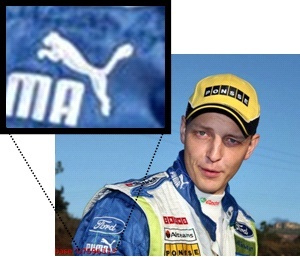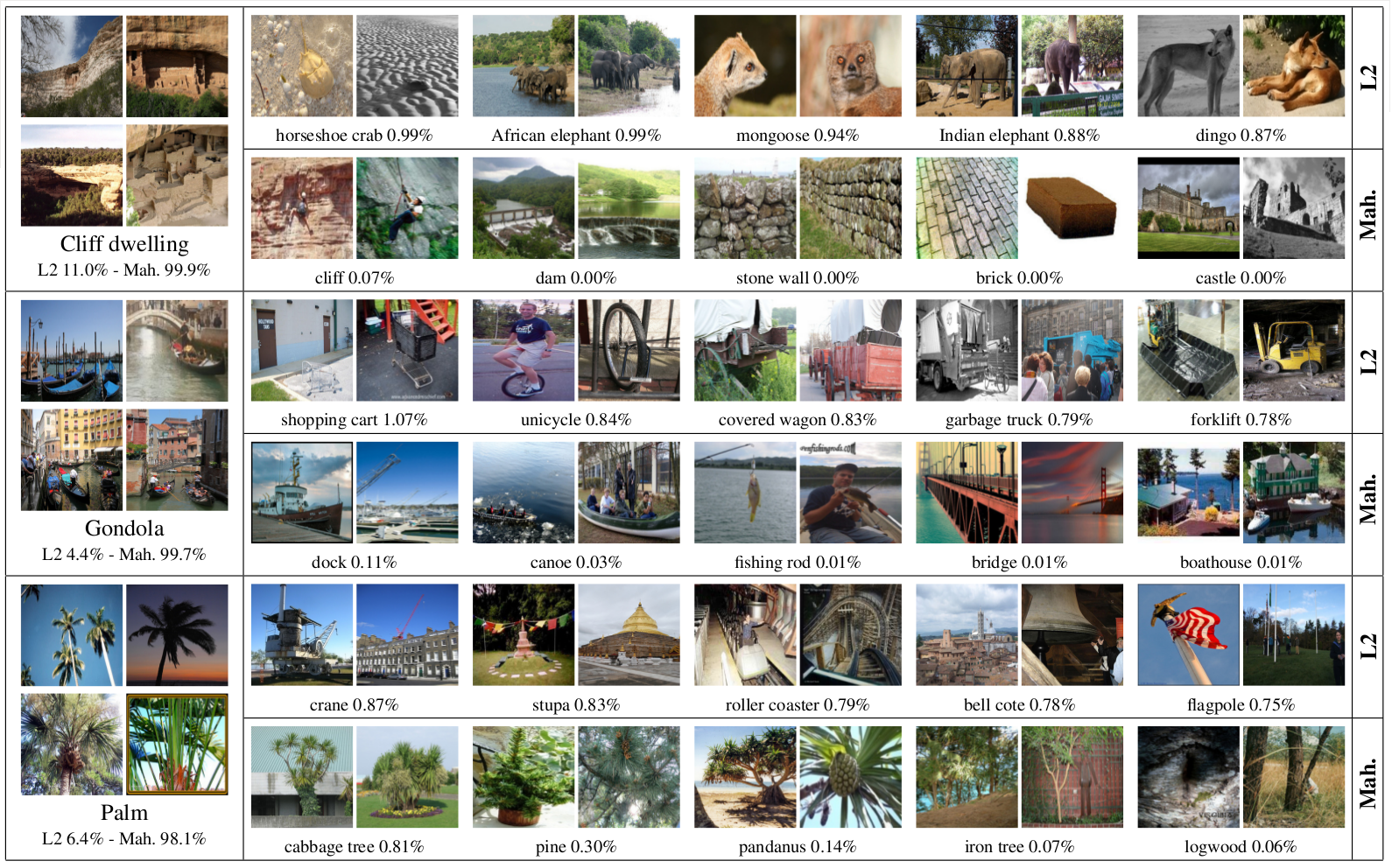Section: New Results
Visual recognition in images
Correlation-Based Burstiness for Logo Retrieval
Participants : Matthijs Douze, Jerome Revaud, Cordelia Schmid.
Detecting logos in photos is challenging. A reason is that logos locally resemble patterns frequently seen in random images. In [21] we propose to learn a statistical model for the distribution of incorrect detections output by an image matching algorithm. It results in a novel scoring criterion in which the weight of correlated keypoint matches is reduced, penalizing irrelevant logo detections. In experiments on two very different logo retrieval benchmarks, our approach largely improves over the standard matching criterion as well as other state-of-the-art approaches.
Towards Good Practice in Large-Scale Learning for Image Classification
Participants : Zeynep Akata, Zaid Harchaoui, Florent Perronnin [XRCE] , Cordelia Schmid.
In [19] we propose a benchmark of several objective functions for large-scale image classification: we compare the one-vs-rest, multiclass, ranking and weighted average ranking SVMs. Using stochastic gradient descent optimization, we can scale the learning to millions of images and thousands of classes. Our experimental evaluation shows that ranking based algorithms do not outperform a one-vs-rest strategy and that the gap between the different algorithms reduces in case of high-dimensional data. We also show that for one-vs-rest, learning through cross-validation the optimal degree of imbalance between the positive and the negative samples can have a significant impact. Furthermore, early stopping can be used as an effective regularization strategy when training with stochastic gradient algorithms. Following these “good practices”, we were able to improve the state-of-the-art on a large subset of 10K classes and 9M of images of ImageNet from 16.7% accuracy to 19.1%. Some qualitative results can be seen in Figure 2 .
|
Discriminative Spatial Saliency for Image Classification
Participants : Frédéric Jurie [Université de Caen] , Cordelia Schmid, Gaurav Sharma.
In many visual classification tasks the spatial distribution of discriminative information is (i) non uniform e.g. “person reading” can be distinguished from “taking a photo” based on the area around the arms i.e. ignoring the legs, and (ii) has intra class variations e.g. different readers may hold the books differently. Motivated by these observations, we propose in [22] to learn the discriminative spatial saliency of images while simultaneously learning a max-margin classifier for a given visual classification task. Using the saliency maps to weight the corresponding visual features improves the discriminative power of the image representation. We treat the saliency maps as latent variables and allow them to adapt to the image content to maximize the classification score, while regularizing the change in the saliency maps. See Figure 3 for an illustration. Our experimental results on three challenging datasets, for (i) human action classification, (ii) fine grained classification, and (iii) scene classification, demonstrate the effectiveness and wide applicability of the method.
|
Tree-structured CRF Models for Interactive Image Labeling
Participants : Gabriela Csurka [XRCE] , Thomas Mensink, Jakob Verbeek.
In [8] we propose structured prediction models for image labeling that explicitly take into account dependencies among image labels. In our tree structured models, image labels are nodes, and edges encode dependency relations. To allow for more complex dependencies, we combine labels in a single node, and use mixtures of trees. Our models are more expressive than independent predictors, and lead to more accurate label predictions. The gain becomes more significant in an interactive scenario where a user provides the value of some of the image labels at test time. Such an interactive scenario offers an interesting trade-off between label accuracy and manual labeling effort. The structured models are used to decide which labels should be set by the user, and transfer the user input to more accurate predictions on other image labels. We also apply our models to attribute-based image classification, where attribute predictions of a test image are mapped to class probabilities by means of a given attribute-class mapping. Experimental results on three publicly available benchmark data sets show that in all scenarios our structured models lead to more accurate predictions, and leverage user input much more effectively than state-of-the-art independent models.
Metric Learning for Large Scale Image Classification: Generalizing to new classes at near-zero cost
Participants : Gabriela Csurka [XRCE] , Thomas Mensink, Florent Perronnin [XRCE] , Jakob Verbeek.
In [18] , [27] we consider the task of large scale image classification in open ended datasets. Many real-life datasets are open-ended and dynamic: new images are continuously added to existing classes, new classes appear over time and the semantics of existing classes might evolve too. In order to be able to handle new images and new classes at near-zero cost we consider two distance based classifiers, the k-nearest neighbor (k-NN) and nearest class mean (NCM) classifiers. For the NCM classifier we introduce a new metric learning approach, which has advantageous properties over the classical Fisher Discriminant Analysis. We also introduce an extension of the NCM classifier to allow for richer class representations, using multiple centroids per class. Experiments on the ImageNet 2010 challenge dataset, which contains over one million training images of thousand classes, show that, surprisingly, the NCM classifier compares favorably to the more flexible k-NN classifier. Moreover, the NCM performance is comparable to that of linear SVMs which obtain current state-of-the-art performance. Experimentally we study the generalization performance to classes that were not used to learn the metrics. Using a metric learned on 1,000 classes, we show results for the ImageNet-10K dataset which contains 10,000 classes, and obtain performance that is competitive with the current state-of-the-art, while being orders of magnitude faster. Furthermore, we show how a zero-shot class prior based on the ImageNet hierarchy can improve performance when few training images are available. See Figure 4 for an illustration.






